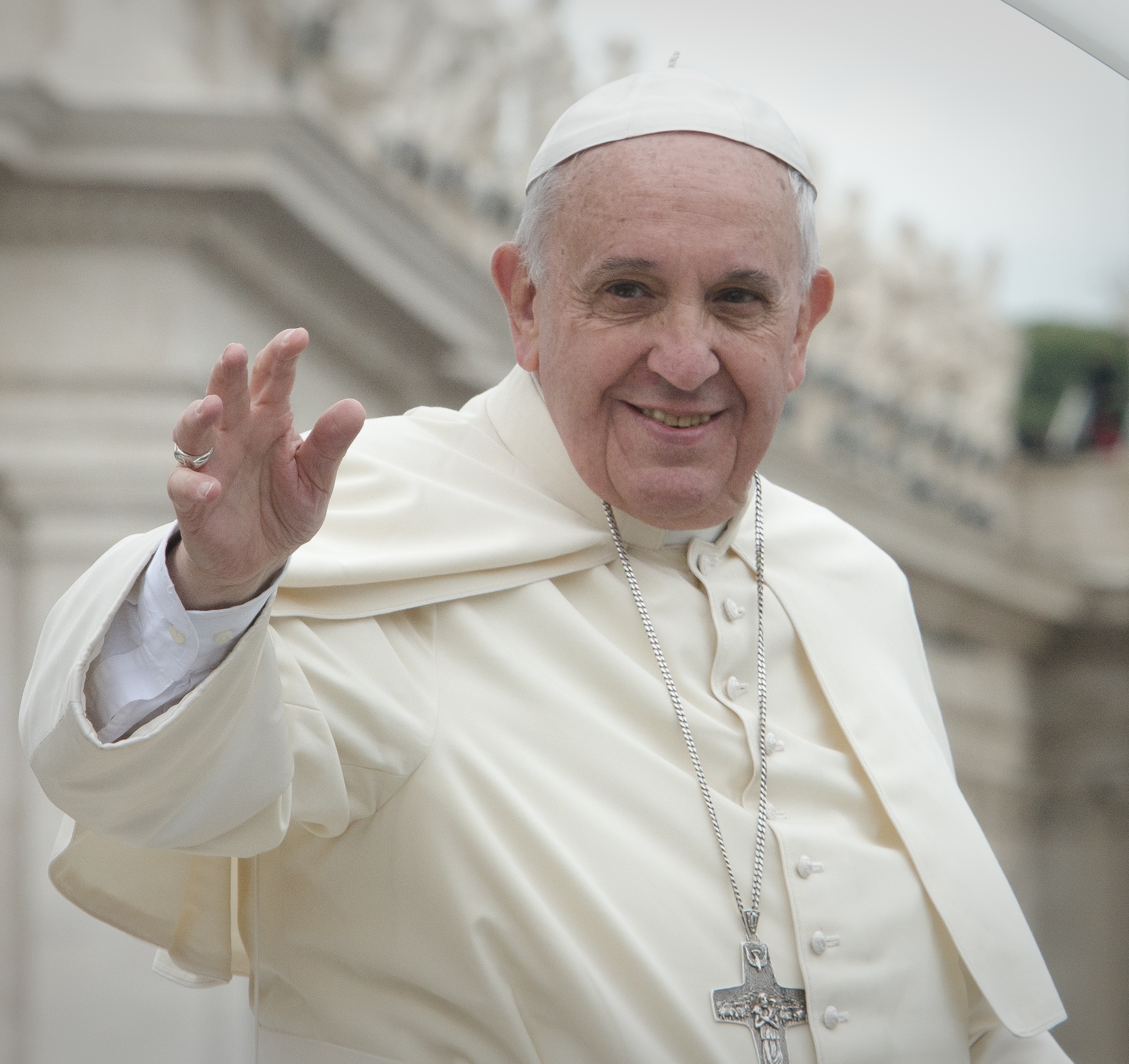Chip in to keep stories like these coming.
When Pope Francis addresses the UN on September 25, how will his message resonate with Canadians?
In June, when droughts and forest fires plagued western North America, Pope Francis released his message on care for the Earth, our common home. He deplored the failure of corporations, governments and international summits to reduce greenhouse gas (GHG) emissions that are responsible for dangerous climate change that is impacting the world’s most vulnerable people and species.
The Pope criticized “positions taken by countries which place their national interests above the global common good.”
There is evidence that Canada is an example of such a country, putting short-term economic interests above achieving a livable future for all. Our new GHG reduction target of 30 per cent below 2005 levels by 2030 is the weakest of any G7 country. The European Union, in contrast, has pledged to reduce its emissions to 40 per cent below 1990 levels by 2030. It is largely oil sands development that prevents Canada from being on track to reach its former weak GHG targets.
In its submission to the UN Climate Secretariat, Canada says it “may use international mechanisms to achieve [its new] target.” However, an analysis by Climate Action Tracker, a consortium of four climate research organizations, concludes that under current policies, “Canada would need to use a large quantity of international credits to meet its target.”
Canada’s decision to purchase credits abroad is counter to one of Pope Francis’ strongest warnings. In some of his most forceful language he writes: “The strategy of buying and selling ‘carbon credits’ can lead to a new form of speculation which would not help reduce the emission of polluting gases worldwide…. Rather, it may simply become a ploy which permits maintaining the excessive consumption of some countries and sectors.”
While Canada specifies that its use of international mechanisms would be “subject to robust systems that deliver real and verified emissions reductions,” the actual experience with carbon trading schemes provides ample evidence that real and verifiable reductions are difficult to achieve.
As Naomi Klein notes in This Changes Everything, over the first seven years of trading under the European Union’s Emissions Trading System, the largest carbon trading system in the world, between one-third and two-thirds of carbon credits did not represent real emission reductions.
One reason for this failure is that many credits purchased from projects in developing countries under the Clean Development Mechanism (CDM) were fraudulent. There have been reports that the same credits have been sold to several different buyers, and the use of offset projects can lead to double counting, with both industrial and developing countries claiming reductions through the same project.
There are also numerous examples of projects that result in grave human rights abuses. The most notorious include the evictions of Indigenous peoples in Kenya and Uganda from their traditional lands to make way for forestry and tree plantation projects that would earn carbon credits.
It doesn’t have to be this way. A federal carbon fee that rises annually, with money returned to low-income households and investments in energy efficiencies, renewable energy and public transit would feed the economy, create millions of jobs and help us reach more adequate GHG targets without offsets.
The Pope reminds us that humans “are capable of rising above themselves, choosing again what is good, and making a new start.” I believe Canadians are up for this challenge.
John Dillon is Ecological Economy Program Coordinator for KAIROS.
This article also appeared in the Chronicle Herald and Montreal Gazette.
Chip in to keep stories like these coming.



